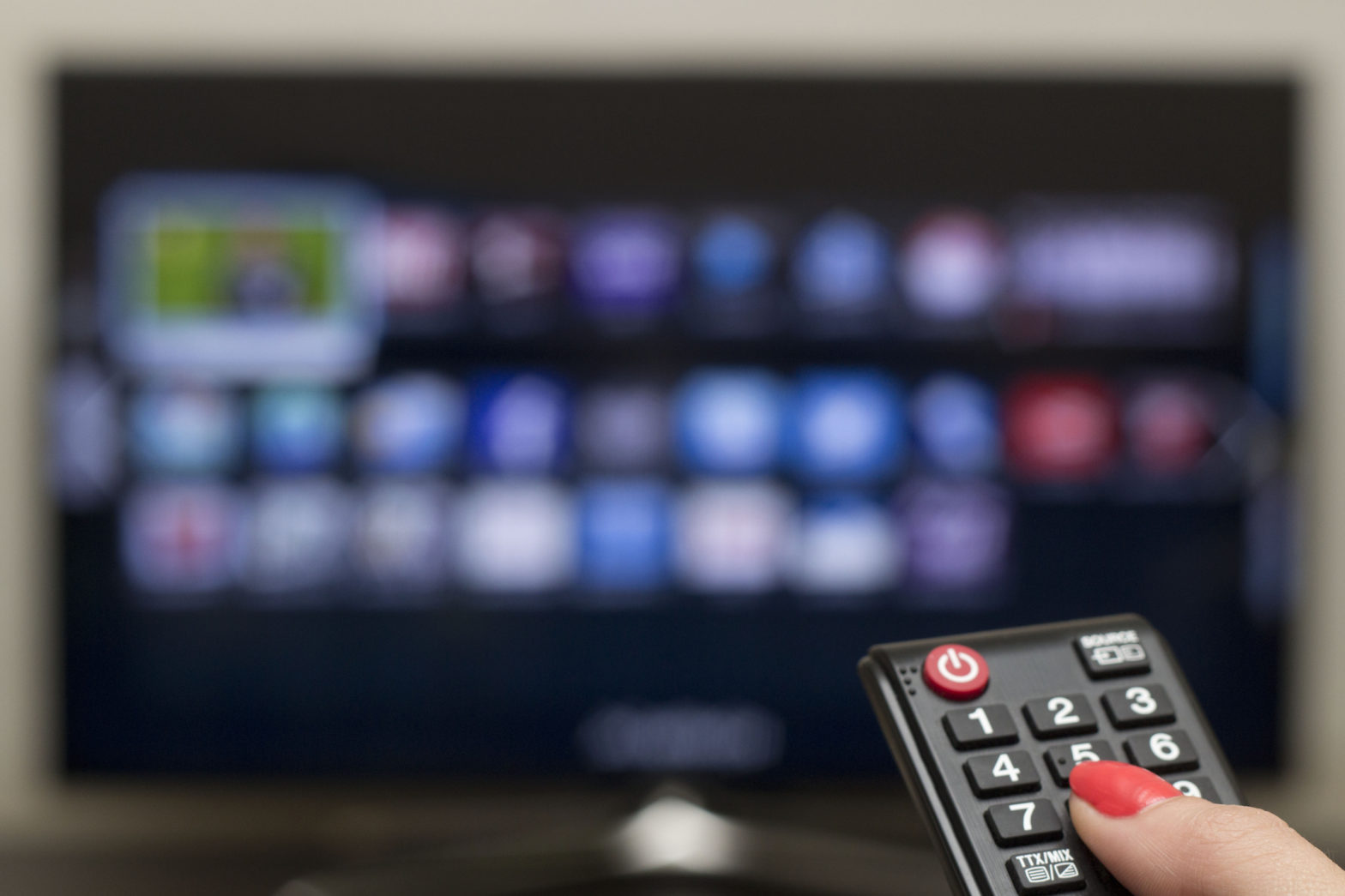Professor Byron Sharp, author of the massively influential How Brands Grow books and Director of the Ehrenberg-Bass Institute, took aim at the growing interest in planning (or paying) for attention when speaking at an event in Australia last week.
Speaking at an Mi3-Linkedin B2B event, written up by the Australian publication, Sharp questioned the idea of paying for more attention, using the example of an OOH ad (on a bus shelter).
“Our job is to get some attention. I don’t want to do advertising and not be seen. But after that, paying for a lot more [attention]? No.
“Am I just going to look at the bus shelter ad for 10 seconds? Would I need to?
“No, so don’t be suckered in. It’s just the old engagement thing: ‘We need to get engagement with our consumers!’ No you don’t. You need to fit into their busy lives, that is all,” he said. “Most exposures are fleeting … and that’s okay.”
WARC spoke to two experts in attention measurement, Professor Karen Nelson-Field, CEO and Founder of Amplified Intelligence, and Mike Follett, Managing Director of Lumen Research, for their response to Sharp’s comments. (Full disclosure: both run companies that specialise in attention metrics.)
We need to focus on the problem attention is solving
Well attention was certainly in the firing line. Professor Sharp’s argument against attention is that advertisers should concentrate on the basics by building mental and physical availability via consistent and widespread reach. And that attention metrics are a distraction from these golden rules of brand growth.
But we need to be clear about the problem that attention metrics are solving. Professor Sharp’s idea of sticking to basics (like reach-based planning) might be great advice if the basics had remained steadfast over time, but in this case they haven’t.
In fairness, How Brands Grow was written at a time when the pipes below advertising delivery were cleaner and you got what you paid for. A time when measurement of actual human viewing was commonplace compared with today’s measurement of non-human metadata which only makes assumptions about human viewing. A time when an impression delivered the same volume of eye-balls regardless of which platform it was delivered. But impression relativity and measurement clarity is a thing of the past, and what Bryon’s comments don’t reflect is the scale and the complexity of the error that now lies beneath his ideal of True North.
The reality is humans don’t even look at the vast majority of online ads. I am not even talking about how many seconds of time here, or how to optimise for outcomes rigorously (that is a whole different and important story). I am simply talking about the vast gap between what is deemed an impression (a viewability event) and what a human actually does. To make matters worse, this measurement gap is not consistent across platforms and formats and, as such, can’t be implied by simplistic proxies.
The point here is that while I agree reach is valuable to brand growth, error significantly reduces the ability for reach based planning to even work. You might buy a million impressions and your competitor might buy a million impressions, but the volume of human attention achieved could be very different in each case. This has significant implications on the ability to deliver on objectives like mental availability or the ability to use SOV/SOM in budgeting planning. Any concept, model or relationship that relies on equitable impressions is at risk of failure.
This is exactly what scaled human attention data solves. It is used to equalise this error so that impressions are equal. It is actually quite simple.
My advice to ethical leaders and early adopters of attention measurement who dare to make change: keep making change, for your efforts are making a difference to our broken ecosystem. When human attention measures are used ubiquitously across the market, we can go back to considering reach as a golden rule.
It’s the outcomes that count
Based on his comments, Professor Sharp seems to be under two important misapprehensions about the work of leading attention data providers.
The first misunderstanding is about what we do. Sharp seems to think that companies like Lumen, Amplified Intelligence and TVision only collect data on attention, and not inattention. This is contrasted with the work done by researchers at Ehrenberg Bass Institute, which measures both.
He needn’t worry. All these leading companies measure selective attention: the delta between what people could see, and what they do in fact look at. When we report on ‘attention’, we are also, implicitly, reporting on inattention as well.
How on earth can you measure attention if it is not selective? Going back all the way to William James’ famous definition of the phenomenon in the Principles of Psychology, you realise that when we are talking about attention, we’re talking about selection. That’s the starting point, not a major discovery.
Sharp also mistakes what we say about the data we collect. He seems to think that our advice to advertisers is always to ‘buy more attention’. Citing the example of a bus shelter poster, he said, “Am I just going to look at the bus shelter ad for 10 seconds? Would I need to? No, so don’t be suckered in.”
And quite right too, as the important work that Lumen has conducted for the out-of-home company JCDecaux has shown. Bus shelter poster ads do not get 10 seconds of attention, and they do not need to in order drive effective recall and brand outcomes.
More attention is usually better than less attention in driving desired outcomes. But it’s the outcomes that count. As the Dentsu ‘Attention Economy’ study has so successfully shown, while some ads can, and do, work very well with fleeting glances, other ads, with different objectives, may require more attention to successfully communicate or build memory structures.
It’s horses for courses: don’t be suckered by those saying otherwise.
Source: warc.com

